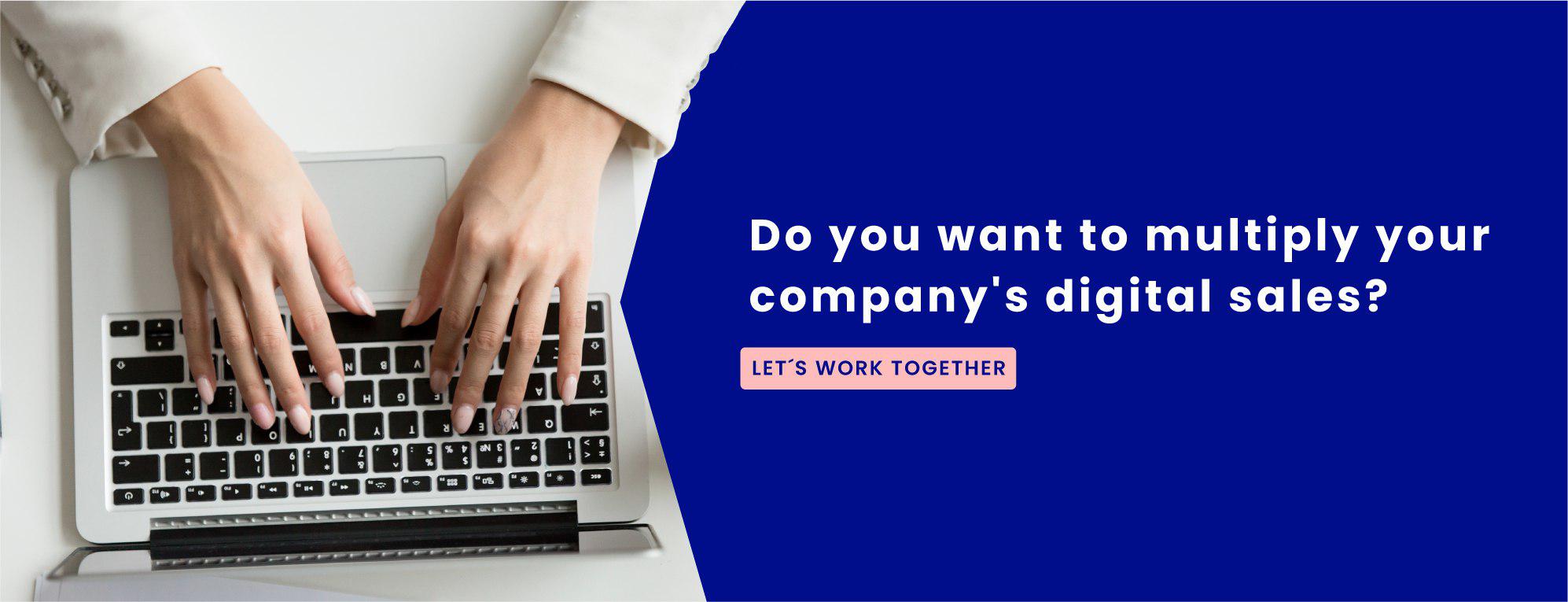Insights
The history of creator economy

María Lucía Villegas
2 min read.
Before going into details of how the creator economy has impacted our society and how we know it, let’s do a recap of how we’ve come so far.
The creator economy is a concept known since 1997, but back then didn’t get enough attention, probably because it still was something more of an aspiration. Yes, we could still see some digital users uploading their art to DevianArt, but they were only a few of them with very limited tools to actually make a living online.
It was in the late 2000s that websites like Youtube, Instagram, and Twitter started launching. These were the digital platforms that popularized at that moment (and still are in the top 10 apps downloaded worldwide) and helped creators get discovered and build a community of followers. This solved a distribution problem for them.
So we know that the real boom of these platforms was social media related. At that time, we were experiencing a digital curiosity that led us to become active users of web platforms. If we see Facebook’s growth rate or Instagram’s, we can see that every year there are millions of users creating accounts and sharing content. In the first 4 years, Facebook reached 50 million users and Instagram reached the same number in 2.5 years after its launch.
Without this digital curiosity, the creator economy wouldn’t be the same though. A big part of its success is how fast and massive is user growth for media platforms right now.
This is where the interesting part comes in, the same platforms some of us were downloading just for fun, others were already starting to use it for monetization. I’m sure if you ask a group of social media influencers from back then if they were expecting to achieve their level of success by uploading content to an application, most of them would probably say no.
Brands started recognizing the power of social media influencers and this also revolutionized the world of marketing - but this is something that I will not get into here.

But the market needed some changes to be made. Influencers realized that every time they made a post that included an ad, they would lose followers and would hurt their reputation. So instead of advertising brands, they started creating their own.
From books to services like consulting, the diversification of ways to monetize their account has shown no limits. Creators transitioned from being paid by platforms like Youtube with ads to monetizing directly from their followers.
This new business model has given the upcoming generations other possibilities to make a living out of activities they enjoy and has revolutionized the labor market with new aspirations. As this happens, creators have become more creative in how they monetize, and becoming an influencer has turned into a goal for many people.
Where is this creator economy going? I’m not really sure, but it certainly will be an interesting development to keep an eye on.
You may be interested in
What are the benefits and advantages of having e-commerce?
How gaming culture is winning the game

 Johan Bernal N.
Johan Bernal N.